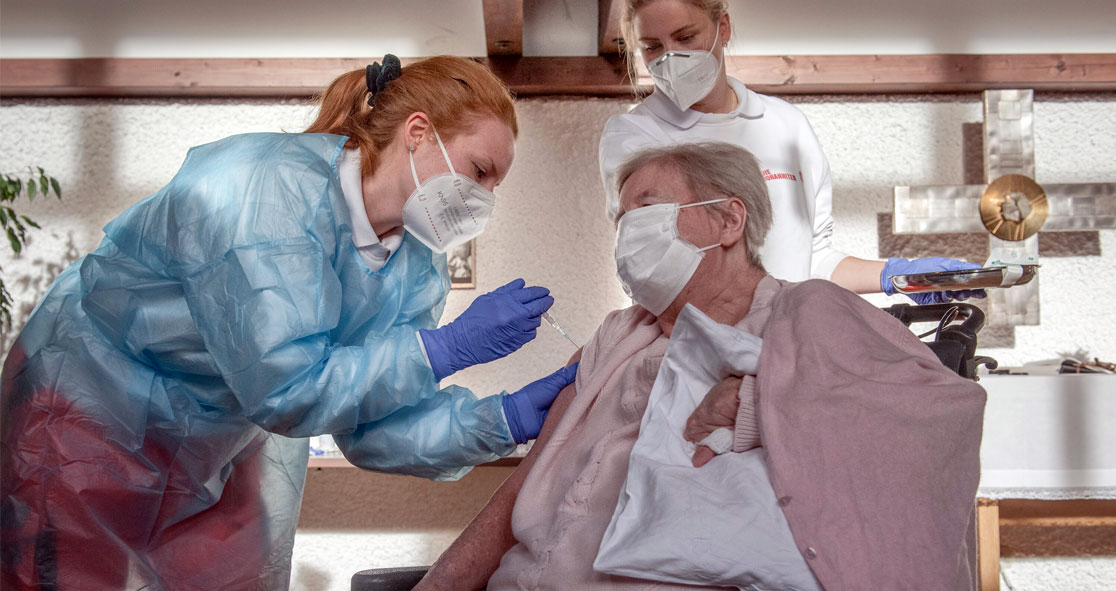Federal health officials have been urging states to vaccinate people above 65 and those who have underlying medical conditions that make them more vulnerable to COVID-19 infection.
On Tuesday, U.S. Department of Health and Human Services (HHS) Secretary Alex Azar and U.S. Centers for Disease Control and Prevention (CDC) Director Dr. Robert Redfield made the recommendation.
They said the current vaccine supply is sufficient to meet the requirements for the next phase of vaccination as suggested by the CDC’s Advisory Committee on Immunization Practices.
Azar said, “We are ready for a transition that we outlined last September in the playbook we sent to states.”
Azar and U.S. Army General Gustave Perna, Chief Operations Officer, Operation Warp Speed, said that confidence in the distribution system had led to the decision to urge wider access,” according to Medscape Medical News.
The officials also said they will increase the number of sites for vaccination and will not keep doses in reserve.
The HHS secretary said, “We don’t need to hold back reserve doses,” noting that if there were any “glitches in production,” the government would move to fulfill obligations for second doses first and delay initial doses.
Azar went on to say the states that fail to quickly administer vaccines would receive fewer doses in the future.
“We have too much vaccine sitting in freezers at hospitals with hospitals not using it,” Azar said. “I would rather have people working to get appointments to get vaccinated than having vaccine going to waste sitting in freezers.”
As of January 11, more than 25 million doses have been distributed, with nearly 9 million administered, according to the CDC. An additional 4.2 million doses of the vaccine were distributed to long-term care facilities, with around 937,000 residents and staff members receiving the first dose.
The CDC said Alaska, Connecticut, North Dakota, South Dakota, Washington, DC, West Virginia, and the Northern Mariana Islands have administered the most doses of the vaccines, while Alabama, Arizona, Arkansas, Georgia, Mississippi, and South Carolina are the bottom.
Dr. Marcus Plescia, Chief Medical Officer for the Association of State and Territorial Health Officials, told Medscape Medical News, “States ultimately determine how they will proceed with vaccination. Most will be cautious about assuring there are doses for those needing a second dose.”
Azar explained that the states’ pace of administration and the size of the population aged 65 or above play a key role in vaccine allocations.
“This new system gives states a strong incentive to ensure that all vaccinations are being promptly reported, which they currently are not,” he said. The article was originally published in Medscape Medical News.























